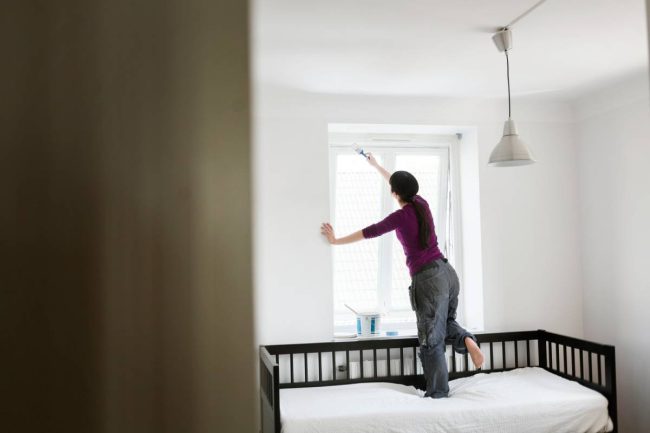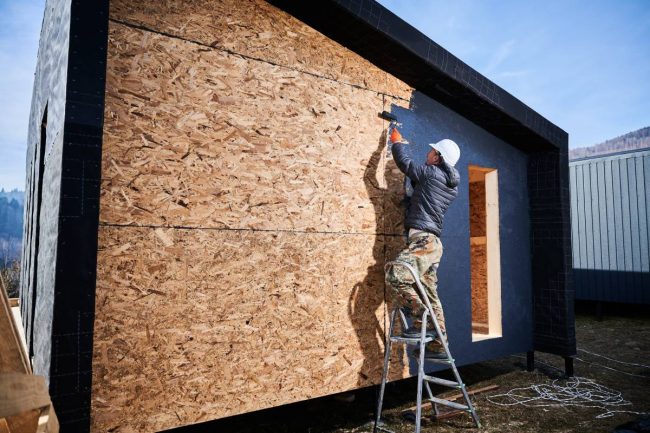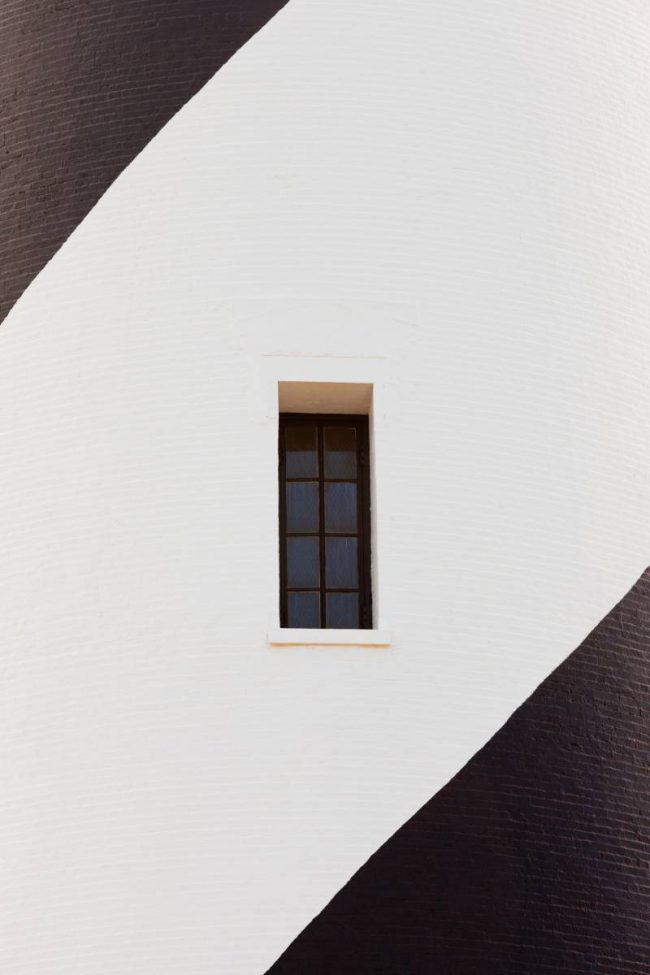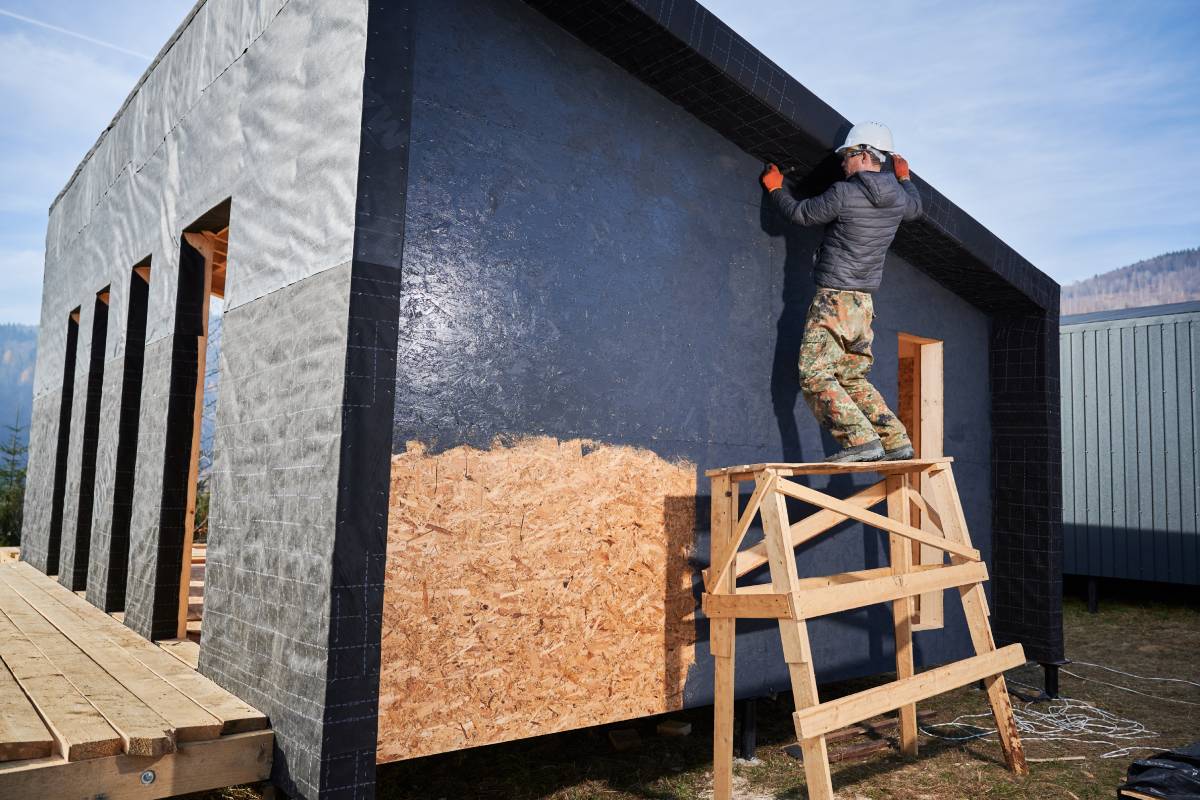How to take care of indoor paint? How to maintaining exterior paint? We have some excellent tips for maintaining your home's paint.
Once you’ve finished the big job of painting your home, you’ll want to kick back, relax, and enjoy the fresh look you’ve given to your living space. Whether you hired a professional or did it yourself, painting your home, inside or outside, is a significant investment in terms of time and money. It’s crucial to think about how to maintain that beautiful look.
After the painting is done, the goal is to make the paint last as long as possible, and we have some excellent tips for maintaining your home’s paint.
How to Take Care of Indoor Paint?
Check for spots and stains that can accumulate over time on your freshly painted walls. To make cleaning these hard-to-remove spots easier, it’s best to address them as soon as you notice them. This might sound straightforward, but you might not always see spots when they first appear.

So, take some time to inspect areas with a lot of traffic. These are places like staircase walls, hallways, kitchens, and children’s bedrooms. Also, pay attention to areas where pets or kids play and where furniture, like chairs or sofas, touches the walls.
When you find a spot or stain that needs cleaning, we recommend using a damp sponge. If a deeper clean is necessary, you can add a small amount of dishwasher detergent to the damp sponge but don’t make it too wet.
Dealing with Mould
Mould thrives in warm and humid conditions, making places like basements and bathrooms prone to mould growth. To prevent mould from appearing, you can use special paints designed for this purpose. You can also consult a professional painter for advice on how to apply these paints. If you discover mould or mildew on a wall, assess the extent of the problem.
You can clean it by using a mixture of one part bleach and four parts water (make sure to test this solution on a small area first). If the affected area is larger than nine square feet, it’s a good idea to consider hiring a professional cleaning service.
Preventing Paint Fading
One effective way to prevent paint from fading is to start with high-quality paint from the beginning. Professional painters always advise their clients that high-quality paint doesn’t fade, even when exposed to strong sunlight. If you’re unsure about the quality of the paint on your walls, you can use shades or curtains to block out direct sunlight.

How to Maintaining Exterior Paint?
Preventing Rot
Paint serves a dual purpose beyond adding colour to your home’s exterior—it also acts as a shield against rot and weathering. So, it’s crucial to ensure that the undersides of corner boards are fully painted. Whether you’re handling the painting yourself or hiring a professional, if the bottom of corner boards goes unpainted, they can absorb water and eventually rot.
How Often to Maintain
The frequency of exterior paint maintenance depends on the type of material or siding used in your home. For instance, paint on stucco tends to last longer than on wood trim. What does this mean for homeowners? Those with wood siding should be prepared to repaint their homes more often than those with stucco.
Environmental conditions also play a role in how long your paint job lasts. Homeowners in mild climates can expect their paint to endure longer than those in harsher environments. Some third-party stuff could also prolong your exterior pain such as a water-proof shade sail, which can provide protection from the sun and the rain.
In general, you should plan on repainting your home every six to ten years.
Dealing with Mould and Mildew (Again)

Mould and mildew can become unwelcome guests when it comes to exterior paint. To tackle this issue, consider using exterior paint with special additives that prevent mould and mildew from taking hold and damaging your surfaces.
A Three-Coat System for Exterior Paint
When you paint the outside of your house, it’s exposed to the elements, which can lead to problem areas over time. After enduring rain, wind, snow, and sun, your paint may start to peel.
If you notice issues like peeling around windows or on fascia boards, it’s a smart move to apply two coats of finish paint to those areas. Professional painters often do this when they’re hired. They begin with a high-quality primer paint, followed by two coats of finish paint, creating what’s known as a “three-coat system.”
A top-notch paint job can breathe new life into both the inside and outside of your home, and with proper care, it can last for many years. By following our advice, you can maintain the fresh look of your paint throughout the entire life of your investment, ensuring your home remains attractive for years to come.
